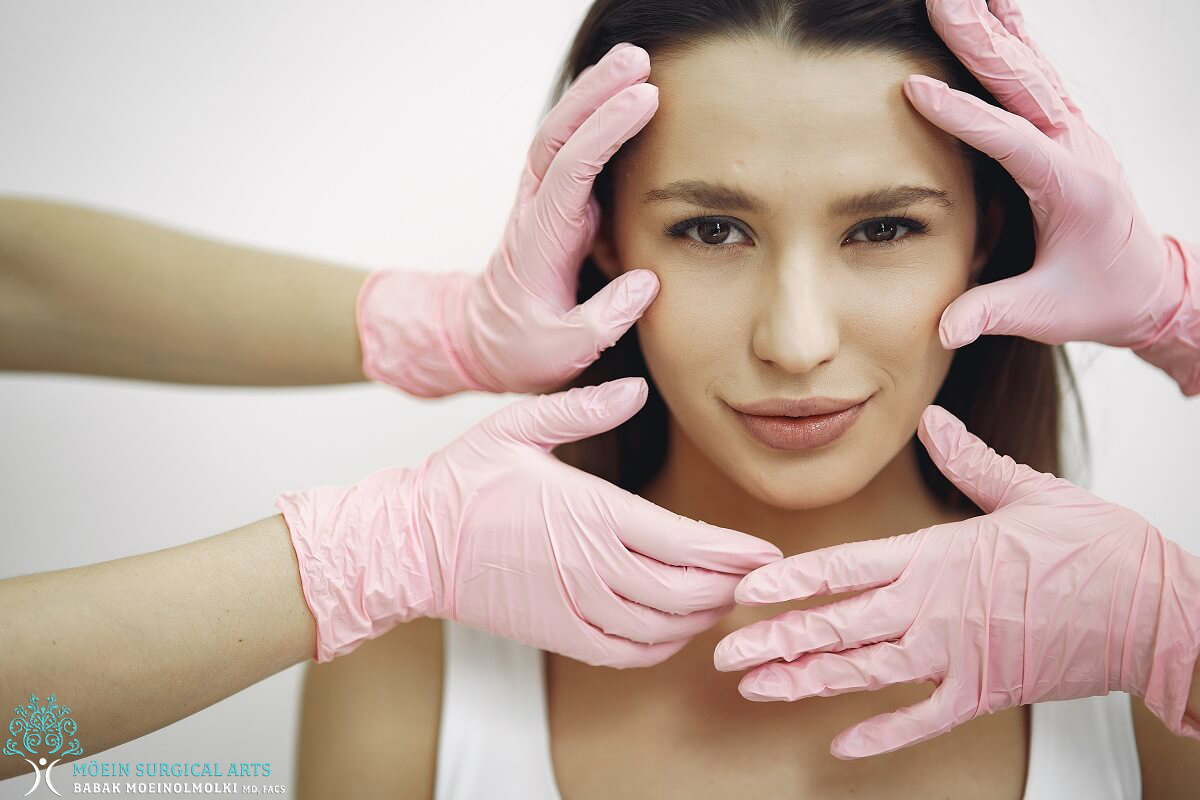
Best Ways to Sleep After Facelift & Abdominoplasty
Introduction: Optimal Strategies to Sleep After Facelift & Abdominoplasty Sleeping well after procedures like the facelift and abdominoplasty (tummy tuck) is the best way to get the most impressive results. The facelift and tummy tuck happen to be two of the most common cosmetic surgeries performed today. They are both major surgeries that can dramatically […]











